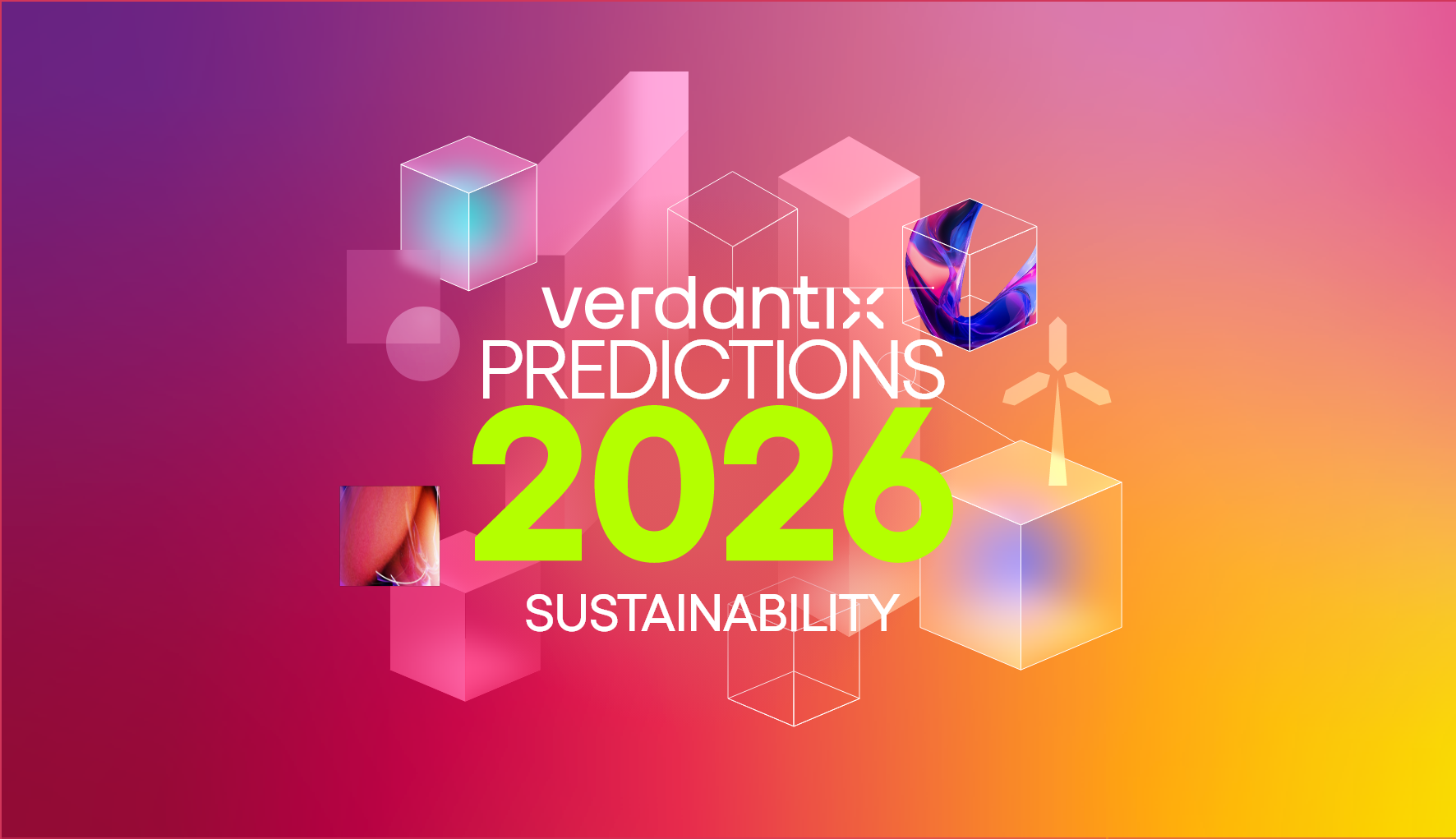From Landfill To Lifespan Longevity: The Role Of Digital Circular Marketplaces
Currently, only 22% of post-consumer textile waste is collected for reuse or recycling, with most ending up in landfills or being incinerated. To combat this, businesses must shift from a linear ‘take-make-waste’ model to a circular approach. Digital circular marketplaces play a vital role in this transition by facilitating the reuse, repair, refurbishment and recycling of products.
In recent years, these platforms have attracted substantial investment, signalling their potential to transform industries. For example:
- ThredUp went public in 2021 with a $1.3 billion valuation, connecting buyers and sellers of second-hand apparel.
- Back Market, a Paris-based refurbished electronics marketplace, reached a $5.7 billion valuation after raising $510 million in 2021.
- OCTA raised BRL 8 million ($1.4m) in 2022, enabling the reuse of automotive parts and recycling over 650 tonnes of metals – preventing 800 tonnes of CO2 emissions – in six months.
- Haz, a London-based start-up and AI social commerce app, raised $1.4 million in pre-seed funding in 2024.
- Rebelstork, a North American baby gear recommerce marketplace, secured $18 million in a Series A funding round in September 2024.
These investments highlight a maturing market ripe with innovation. Vendors are integrating AI, blockchain and DLT-tokenization technologies, and forming strategic partnerships. Several vendors have developed advanced solutions in 2024, such as:
- Haz integrated AI to digitize items for resale, streamlining the process for sellers.
- Beni, a second-hand marketplace, added blockchain-enabled tokenization and features like a mobile extension that automatically finds resale deals when online shopping.
- Poshmark, in partnership with EON and Coachtopia, launched instant resale using digital product passports (DPPs), which track product life cycles and improve transparency for consumers.
Blockchain-enabled DPPs, in particular, enhance accountability and transparency by providing real-time tracking of a product's condition and value, while also protecting against greenwashing. An EU Commission study found that over half of green claims in the EU were vague or misleading – and 40% were completely unsubstantiated – reinforcing the need for transparency to verify brands' sustainability claims. In mid-September, the UK Competition and Markets Authority sent letters to 17 high-profile fashion brands to review their green claims and comply with the regulator’s Green Claims Code.
Equally, and increasingly, consumers demand product sustainability evidence as attitudes toward circular economy participation develop. A 2024 sustainability survey by goTRG and SupplyChainBrain found that nearly half (49.2%) of respondents report a growing positive sentiment toward buying second-hand items. While stigma around refurbished goods remains, it is diminishing, with 48% acknowledging increased acceptance. This reflects a changing consumer mindset, indicating a shift towards a greater market for pre-owned goods.
As consumer preferences shift toward sustainability, technology continues to evolve and governing bodies increase regulation, digital circular platforms will play a critical role in building a more circular economy.
To learn more about the circular economy and supporting technologies, read the following reports:
Tech Roadmap: Circular Economy And Supply Chain Sustainability Technologies (2024)
Strategic Focus: Redefining The Role Of Remanufacturing In The Circular Economy Through Innovation
Strategic Focus: Waste Management And Recycling
Strategic Focus: Understanding The Key Policies Driving Circular Economy Adoption
Strategic Focus: Innovative Circular Technologies Advancing Climate And Sustainability Performance
About The Author

Jessie Wilson
Industry Analyst





